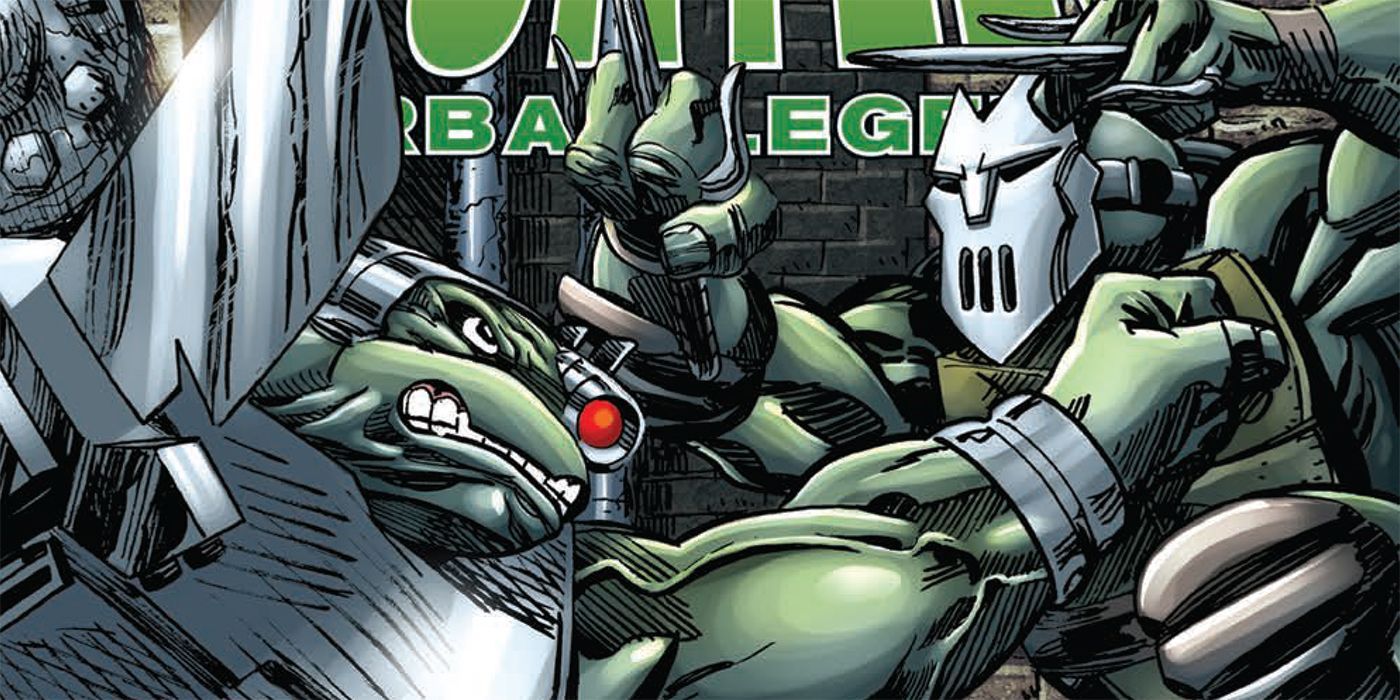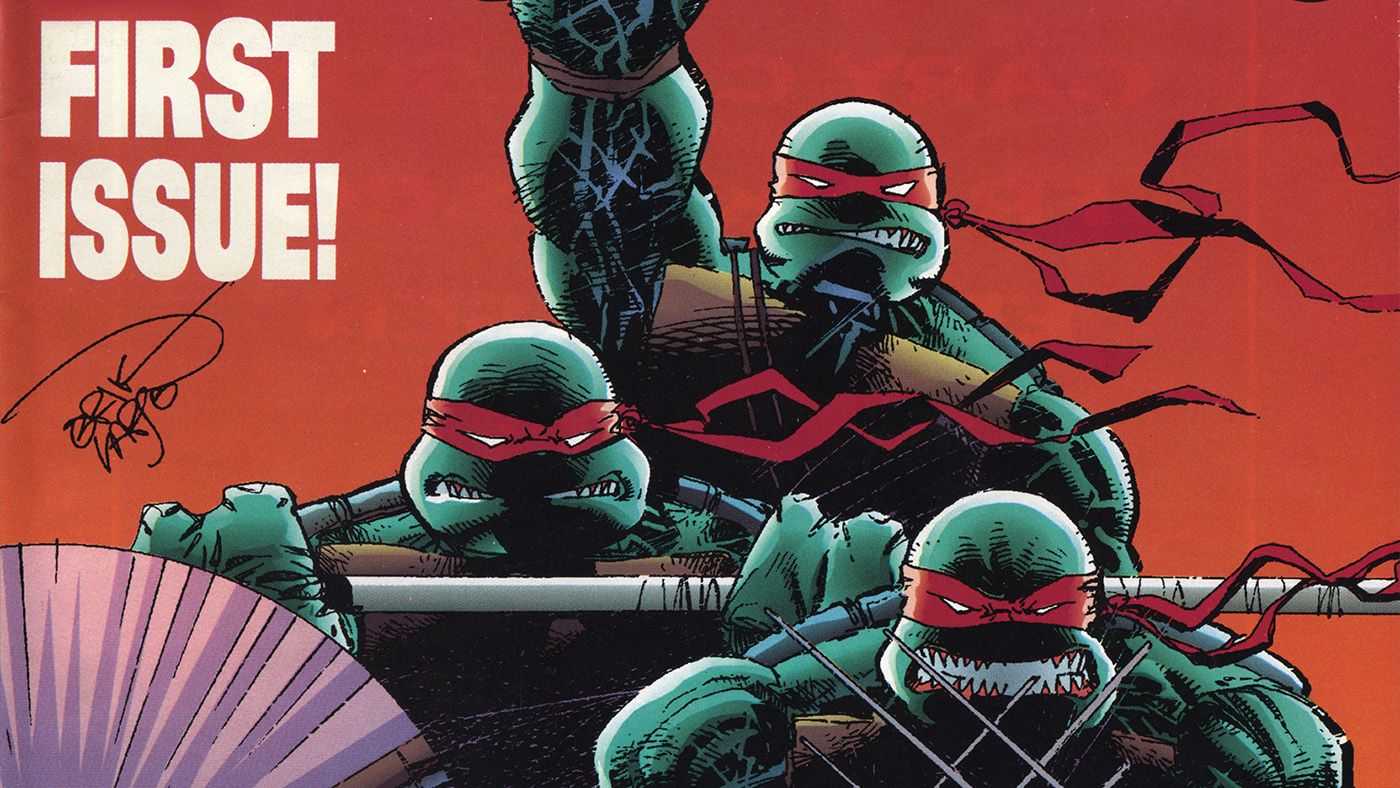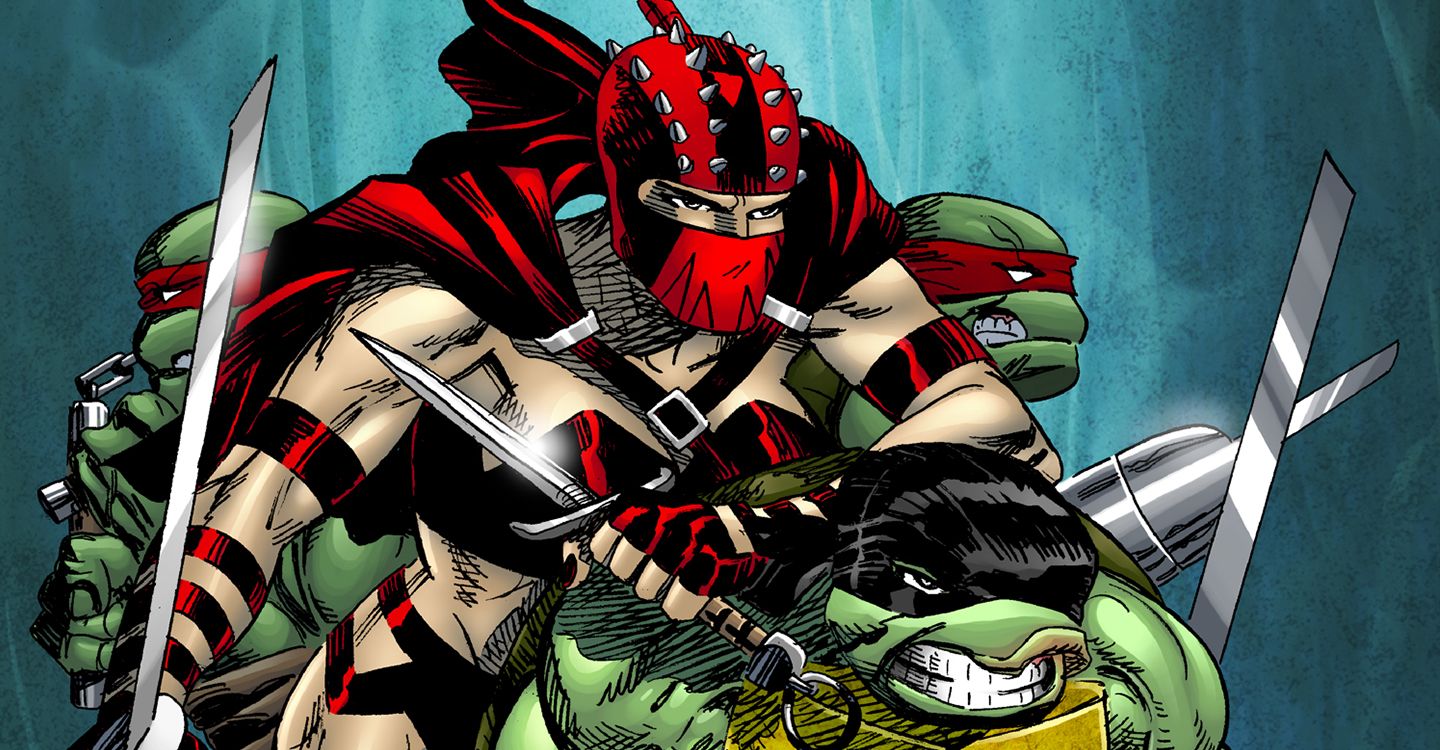Before making their way to cartoons, video games and movies, the Teenage Mutant Ninja Turtles got their start in an independent, black-and-white comic book. Created by Kevin Eastman and Peter Laird and published by Mirage Studios, the title was a huge success that lampooned several clichés of 1980s comics, while also paving the way for the independent comic book boom of the 1990s. One of the biggest names of the ‘90s was Image Comics, where the controversial third volume of the original TMNT comic book was published.
This series took the franchise -- especially its main characters -- into wildly divergent new directions, as well as involving some of Image’s stable of superheroes. Eastman and Laird retconned the volume wholesale when they regained the franchise. Now IDW Publishing, who publishes the current TMNT comic book, is finally finishing Volume 3 as it was meant to be concluded, allowing fans to relive one of the franchise’s weirdest eras in print.
The Next Mutations
Beginning in the summer of 1996, the last of Teenage Mutant Ninja Turtles came at a time when the franchise’s fever pitch popularity had died down significantly. Perhaps for that reason, writer Gary Carlson and artist Frank Fosco decided to take the title characters in extremely new, controversial directions. The book also returned to the black-and-white format and featured an action-packed pace that quickly raised the stakes for the title terrapins.
The first major change occurs when the group is attacked in their New York home by a mysterious figure named Pimiko, which leads to Donatello becoming gravely injured. Master Splinter is taken by Komodo Industries, who are led by a mutant Komodo dragon disguised as a human. Also present in the company is Dragonlord, the heir to a great spirit which once reigned over feudal Japan.
Donatello's body is mostly destroyed in the fight with the cyborgs, but he's able to merge with the remains of one of his attackers. This makes him permanently partially robotic, as well as adding a mean streak to his typically more erudite personality. Meanwhile, Splinter is transformed by one of Komodo Industries’ scientists into a mutant vampire bat, losing his personality as he becomes more feral. Other changes include Leonardo losing one of his hands and Raphael’s face becoming permanently scarred, which he covers with the results with Casey Jones’ old masks. Raph eventually even comes to blows with his brothers when he takes on the identity of the new Shredder. This occurs after the New York branch of the Foot Clan, which at the time holds all the power in the dwindling organization, is taken out by rival mobsters. The Turtles are eventually able to restore Splinter to his rat form, but only after gravely injuring him in the astral plane.
Urban Evolution
Since this era of TMNT was published by Image Comics, the writers took the opportunity to entrench the series in the amorphous Image superhero universe. These mainly involved the equally verdant vigilante Savage Dragon, who first met the quartet early in his career. They would meet again when they mutually pursue the vampiric DeathWatch, a villain who the Turtles believe is the feral new bat Splinter.
The characters also appear in other Image titles such as Mars Attacks, Shattered Image, and Gen13. A total of 23 issues for the new volume of the TMNT comic were released before the title was abruptly canceled. Eastman and Laird began publishing the comic themselves again through Mirage and subsequently retconned the events of the Image issues. Their reasoning was that they didn’t feel comfortable continuing the stories for the characters from creators that weren’t themselves, though this likely stemmed from the controversial plot threads introduced by Carlson and Fosco.
Two additional issues were worked on by Image creators seeking to give the series a definitive end, but their release was denied by Viacom, who by that time owned the franchise’s rights. In 2018, however, IDW Publishing stepped in to complete the lost chapters. The publishers of the rebooted Ninja Turtles comic book continuity, IDW has put the Turtles back on the map in comic books as their popularity has resurfaced in other media.
The IDW series, fittingly titled Teenage Mutant Ninja Turtles: Urban Legends for the volume's apocryphal nature, reprints the series' infamous third volume in full color for the first time. The series will bring back Gary Carlson and Frank Fosco for three more concluding issues, ending the story with issue #26. One mystery the final issues will aim to reveal is the unknown identity of the Foot Clan’s new Lady Shredder. The conclusion was poised for release this summer, though with comics as a whole being backed up, it’ll surely be delayed. Fans should still be able to pick up the last issue sometime this year, and finally read the ending to one of the TMNT franchise’s most notorious periods.



